Although the phrase “they don’t make them like this anymore” could be applied to countless instances of underrepresented subgenres, “Eternity” has a whimsical approach to a classic romantic-comedy setup that belongs to a different era. While the simplicity of its setup can be traced to ‘90s romantic comedy classics like “Sleepless in Seattle” or “Notting Hill,” its whole-hearted, matter-of-fact approach is more deeply aligned with the romance classics of the Golden Age of Hollywood.
Even if “Eternity” does not directly invoke nostalgia with its references, it’s clearly pitched in a different tone than many of its competitors in this space. A film this deliberately straightforward and narrowly focused can only succeed by coasting on charm, and thankfully, “Eternity” (2025) more than delivers in that department.
The afterlife is a surprisingly common setting for high-concept dramedies, including heartwarming holiday favorites like “The Bishop’s Wife” and more recent existential satires like “Defending Your Life.” In “Eternity,” there are many different afterlives available to the recently deceased depending on their preferences, but they are only allotted one venue to spend their eternities.
It’s after choking on a pretzel that the old man, Larry Cutler, finds himself awoken in the post-death waiting area, where he finds himself back in the body of his younger self (Miles Teller). Although Larry is initially overwhelmed by the magnitude of his fate, his speculation about the future grows more strenuous when the complexity of the situation is revealed to him.
Larry’s wife, Joan, managed to outlive him, but she’s soon also transported to the waiting area (depicted as a bustling train station) and reverted to a younger likeness, portrayed by Elizabeth Olsen. Although Larry figured that the only struggle that they would face was determining which of their afterlife options to choose from, he finds that Joan might not be spending it with him at all.
Her first husband, Luke (Callum Turner), had been killed in the Korean War, but she had waited for his bride for decades. Since the notion of the trio spending eternity together seems unattainable, Joan is allotted a brief window of time in which she makes a decision between the two men to whom she pledged her love.

Those expecting a meticulous breakdown of how exactly the afterlife is managed, maintained, and organized may find holes within “Eternity,” as the film’s interest is in explaining just enough to provide emotional context for the characters. However, perhaps the film’s most compelling element is that it remembers the age of its characters. Since Luke, Larry, and Joan are being returned to what they look like in the ‘50s, it makes sense that their perception of the afterlife would be retrofitted around the fantasies, culture, and technology that were relevant at that time.
The sparkingly, colorful visuals are clearly intended to evoke the magic of Technicolor, and the extended shots (which barely move from their simple setups) help to celebrate this Golden Age sensibility. “Eternity” may not contain the type of philosophical doctrine that even something like ABC’s “The Good Place” delivered, but there are more than a few background gags and amusing lines to satisfy the worldbuilding.
Also Read: The 15 Best A24 Comedy Movies
“Eternity” is also content to get to the conflict rather quickly, as the film is at its most energetic when Joan is bounced between moments of affection with each of her husbands. The exposition is smartly given to the film’s “afterlife coordinators,” who essentially stand in for the non-denominational angelic figures that exist within “Eternity,” given that the film is impressively able to respect all religions.
The characters Anna (Da’Vine Joy Randolph) and Ryan (John Early) are seen as overworked, yet earnest managers tasked with guiding their clients to the best possible eternity, even if their extended experiences in the afterlife have given them both a snarky, sarcastic sense of humor. Joy Randolph and Early are so genuinely uproarious that they are able to whisk through the more dense expositional sections with a breeze, especially given their strong chemistry with the members of the core cast.
Teller is an actor who has fallen in and out of the spotlight, but is far more versatile in his final fluctuations than he’s given credit for. Although Teller was a relatable adolescent in both “Whiplash” and “The Spectacular Now” before he became a hot-shot action hero in “Top Gun: Maverick,” he’s allowed a chance in “Eternity” to be a hapless, slightly cranky older man who is both overwhelmed and ecstatic about the new opportunities presented to him.
This type of sincere, self-depreciating performance is not an easy one to master, which may explain why romantic comedies have struggled in the theatrical market over the course of the last decade. Teller’s performance encapsulates the type of good nature brought about by a lifetime of experiences, and combines both wisdom and gratitude to emotionally satisfying conclusions. Given that the premise is essentially the opposite of “Big,” it wouldn’t be an overreach to cite Teller as a contemporary Tom Hanks.
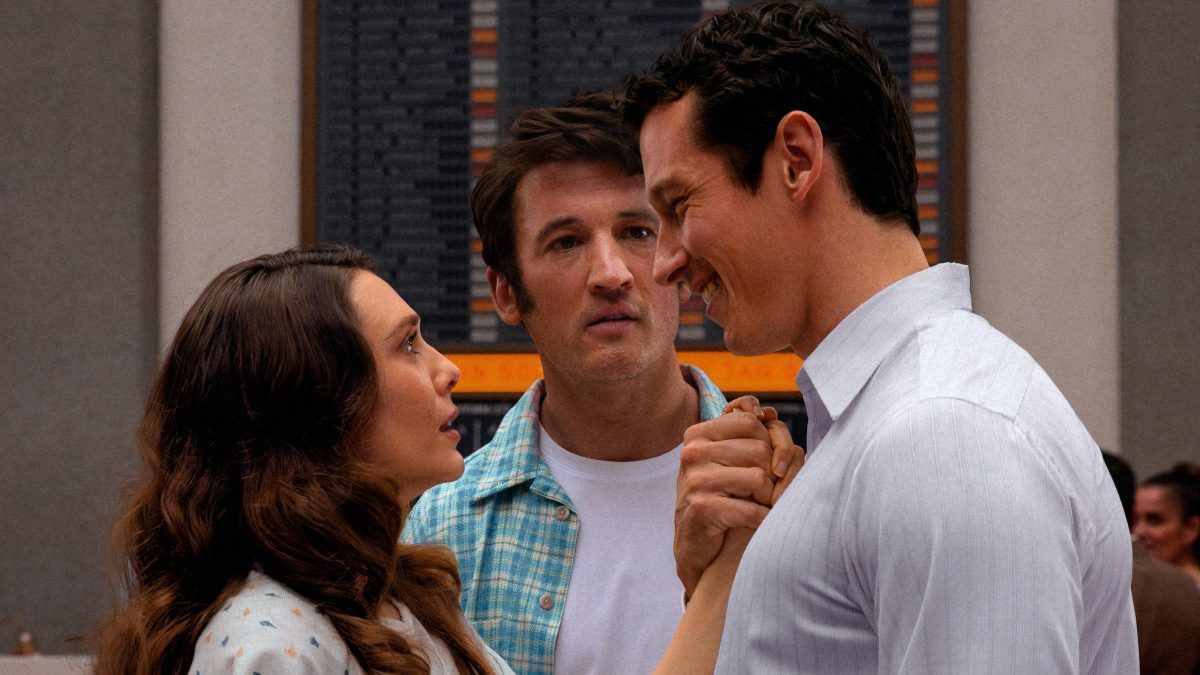
Olsen’s character is obviously placed in the most challenging position in the film, and her performance reflects the absurdity, exhilaration, and confusion that come with such an unthinkable prospect. Although the moments of humorous banter she shares with Teller perfectly embody the sensibilities of a long-married couple, Olsen is also able to deliver some of the more thematically rich proclamations about the nature of love without becoming too on-the-nose. There’s a difference between being sincere and saccharine, and Olsen threads that needle very well.
Turner is also remarkable in a role that could have easily been a wholly unlikeable alternative to the more affable presence of Larry, but he’s able to personify the weight that comes with being defined by youth.
Although Luke is a character who appears utterly without fault to an outsider, he was also denied the opportunity to live life to its fullest potential, which has given him different perspectives on moral integrity when compared to Larry. That Turner is able to make Joan’s decision a genuinely difficult one speaks to how much he added to the role. Although Turner proved to be a young star on the rise with his work in the underseen “Tramps” and “The Boys in the Boat,” “Eternity” suggests that he has an exciting career ahead of him.
“Eternity” deserves credit for not wiggling out of the question that its premise asks, even if it avoids any instances of genuine discomfort. It’s possible that many will predict the exact way the film closes its last shot. The cynics might decry the film as a lackluster, non-commital exercise in cliches, but the wit and warmth of “Eternity” is a transporting experience.

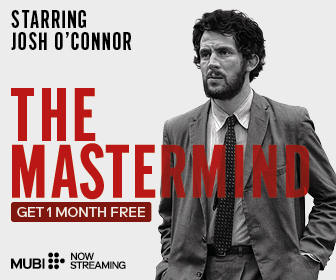


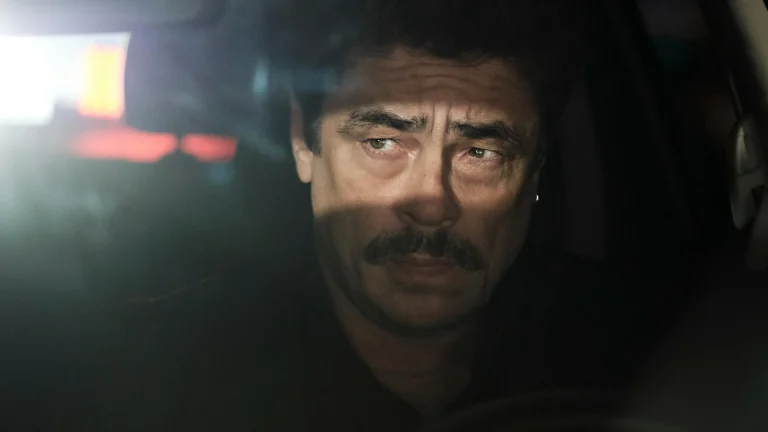
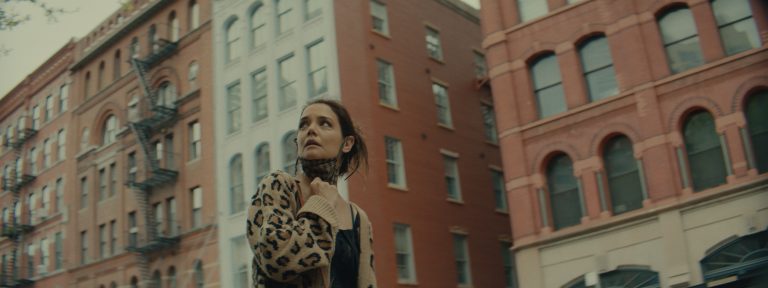
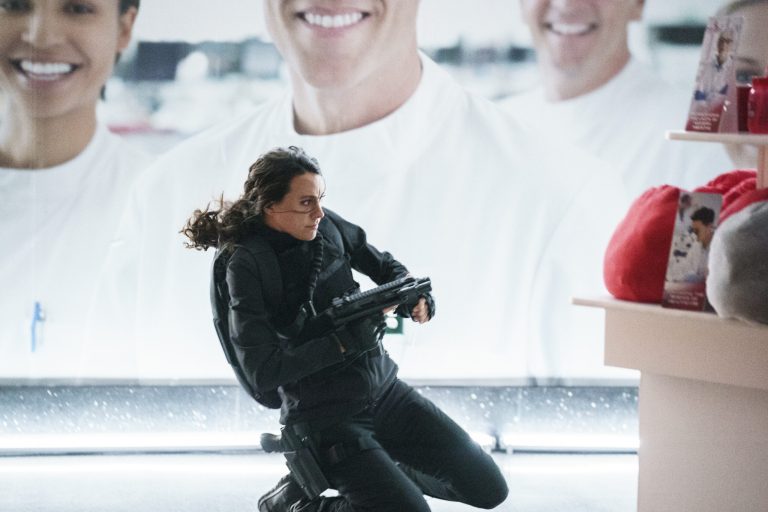
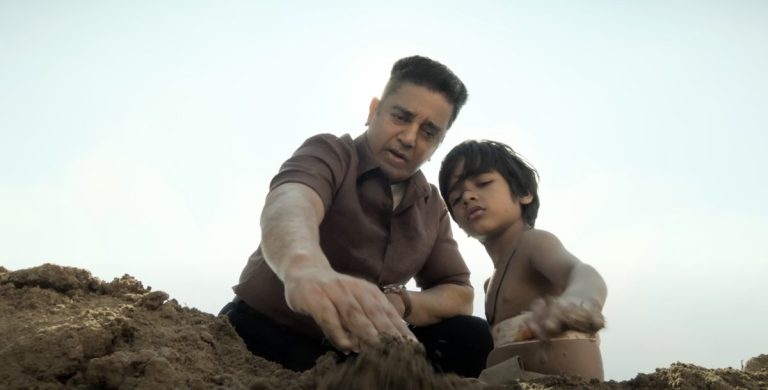

![Another Round [2020] Review – When Honesty Overcomes Moralism](https://79468c92.delivery.rocketcdn.me/wp-content/uploads/2020/11/Another-Round-highonfilms-1-768x432.jpg)